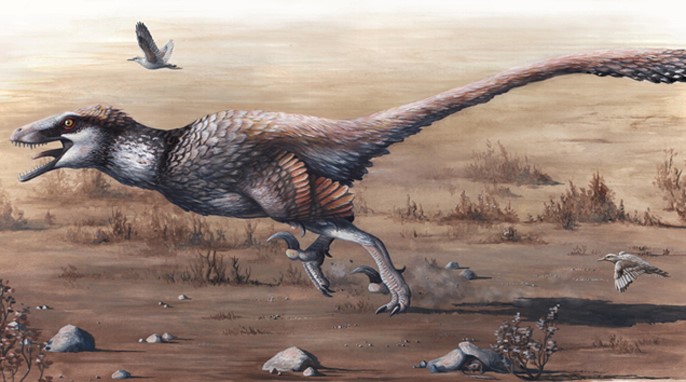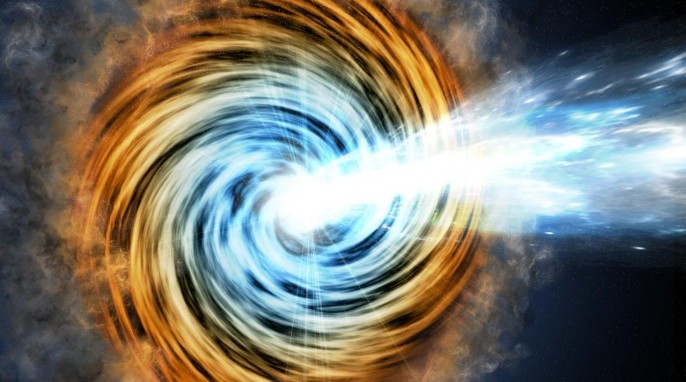Discovering Dakotaraptor Steini
By Featured Guest David Blagic David is a young, amateur paleontologist and student of vertebrate paleontology. He lives in Mladenovac, Serbia. At 14 years old, he enjoys writing on the behavior, morphology, phylogeny, and evolution of dinosaurs, particularly Theropods such as Maniraptorans and Carnosaurs. Connect with him on Google Plus or YouTube. Dakotaraptor steini Dakotaraptor steini is a newly discovered species of dromaeosaurid dinosaur. First remains of this species were discovered in 2005, in the Hell Creek Formation, but it has officially been named only this year. Dakotaraptor steini was about 6…
Read More








